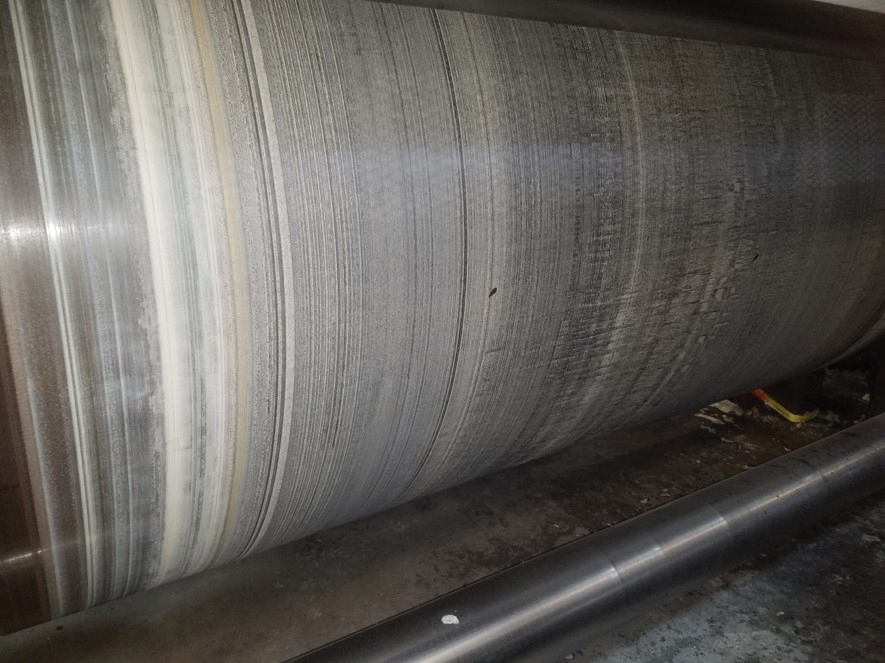Linting in the Dryer Section is a Symptom of Forming Issues
 In papermaking, linting or dusting is the loss of fibers from the paper sheet. It typically occurs early in the drying process and creates buildup on dryers and wears doctor blades. It is also a fire hazard. Although linting occurs in the dryer section, it is not caused by the dryer section. It starts in the forming section.
In papermaking, linting or dusting is the loss of fibers from the paper sheet. It typically occurs early in the drying process and creates buildup on dryers and wears doctor blades. It is also a fire hazard. Although linting occurs in the dryer section, it is not caused by the dryer section. It starts in the forming section.
Improper application of drainage and activity tools in the forming section of the paper web is the leading cause of linting. Too much activity on the sheet, aggressive dewatering early in the forming process, and improperly graduated vacuum drainage elements all contribute to linting.
Fiber quality also plays a significant role in linting. Shives and bark in the stock will not bond to the sheet and will release from the sheet during drying. Top-ply refining is also important to fiber quality. Over-refining destroys the fibrillation of fibers and creates fibers too short to entangle and remain within the web. The result is fibers that separate from the web in the drying section.
Kappa, a measurement of the completeness of the pulping process, is a predictor of linting. A high kappa number indicates a high level of lignin, an organic material in pulp. High lignin in the sheet makes fiber bonding and consistent refining difficult, resulting in more linting.
Linting in dryer sections can be managed with doctor blades and dryer cleaning, but to prevent linting the root problems in the paper web former must be addressed.